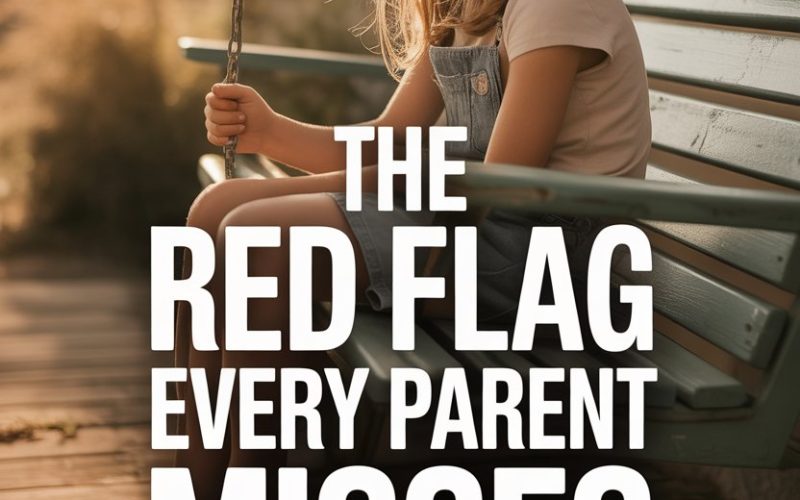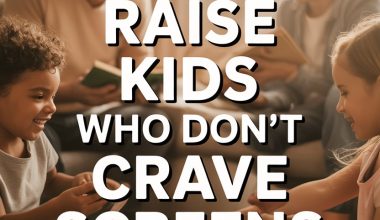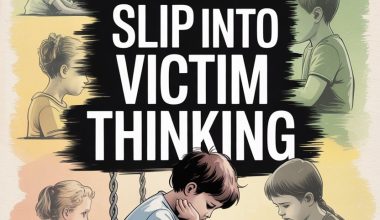Blink and you’ll miss it. The warning sign that slips through the cracks of even the most eagle-eyed parent’s radar.
We fret over screen time, sugar, stranger danger, and whether those developmental milestones are being ticked off with military precision.
But there’s one subtle red flag that too often gets lost in the daily shuffle—and it’s the one that matters most for your child’s emotional wellbeing.
Here’s the sneaky sign that deserves your full attention.
The Silent Withdrawal No One Talks About
A child’s world is a noisy place—siblings screeching, teachers directing, friends cajoling, parents herding everyone from bath to bed.
Amid all this, the biggest red flag is not a tantrum, not a slammed door, not a “you’re ruining my life!” It’s a soft retreat. A pulling away that barely registers until it’s become a chasm.
This is emotional withdrawal. The quiet child who stops volunteering stories at dinner. The kid who used to light up at bedtime chats but now shrugs and turns away.
It’s easy to miss—after all, who complains when a child is suddenly “easier”?
Here’s the kicker: kids rarely announce they’re feeling anxious, overwhelmed, or disconnected. They just fade into the background, hoping not to make waves.
Why Do Even the Savviest Parents Miss This?
Emotional withdrawal lacks drama. Unlike a fever or a maths test meltdown, it doesn’t demand immediate action. It’s often misread as “growing up” or “just a phase.”
Sometimes it’s even seen as positive: “She’s so well-behaved these days!” (Insert raised eyebrow here.)
Busy routines don’t help. Dinner is reheated, emails are pinging, and we’re all running on hope, caffeine, and a prayer. If your chatty child grows quiet, you tell yourself they’re tired, or maybe you are.
It’s easy to convince yourself that less fuss means everything is fine.
But here’s what the research says: withdrawal is one of the earliest indicators of stress, anxiety, and even depression in children—long before they have the vocabulary to explain their feelings.
According to a study from the Child Mind Institute, early withdrawal is a more reliable sign of emotional distress than overt sadness or crying.
Spotting the Subtle Signs in Real Life
No one wants to become a paranoid parent, analyzing every yawn for hidden meaning. But tuning into small changes can make all the difference. Watch for these:
- Once-animated story-sharing dries up
- Bedtime snuggles are replaced by “I’m fine”
- Art, music, or play loses its sparkle
- Mood shifts are subtle—more sighs, less eye contact
- Friendships quietly dissolve without much comment
- Your child stops asking questions or seeking help
One or two of these, and it might just be a long week. A pattern emerging over several days or weeks? That’s when to pay attention.
Why Emotional Withdrawal Hurts More Than You Think
Emotional retreat is not just shyness. When a child starts pulling away, it signals an unmet need—maybe for connection, understanding, or reassurance.
Left unchecked, it can snowball into bigger problems: chronic anxiety, depression, social isolation, or even academic struggles.
A longitudinal study published in JAMA Pediatrics found that children who experienced prolonged periods of withdrawal were more likely to face mental health concerns as teens and adults.
These aren’t just numbers—they’re real kids who started out quietly fading away.
And let’s be honest: the quieter the struggle, the harder it is to catch.
How to Gently Pull Your Child Back In
Here’s where you work your everyday magic. You don’t need therapy credentials or a ten-step plan. Start with curiosity.
Not a spotlight interrogation—think more ‘gentle conversation over cocoa’ than ‘courtroom cross-examination.’
Try sitting beside (not across from) your child. Go for a walk, fold laundry together, or muck about in the garden. Side-by-side activities are less intimidating for kids who struggle to open up.
Simple openers work wonders:
- “You seem quiet lately—anything on your mind?”
- “I miss hearing about your day.”
- “You used to love drawing—want to show me something you made?”
Most kids won’t pour their hearts out at the first nudge. Sometimes you’ll get a grunt. Sometimes you’ll get a shrug.
That’s okay—just showing up, consistently, is half the battle.
The goal isn’t to “fix” your child’s mood on the spot. You’re opening the door, not shoving them through it.
Making Your Home a Safe Harbour
Steering away from emotional withdrawal takes more than one good talk. It’s about crafting a home where feelings—messy, complicated, even negative ones—aren’t swept under the rug.
Try these small tweaks:
- Validate feelings, even when they seem minor: “It makes sense you’d feel upset about that.”
- Share your own feelings sometimes (without making it about you): “I felt nervous at work today.”
- Celebrate effort, not just achievement: “I love how you kept going, even when it was tricky.”
Giving your child permission to feel, without pressure to “cheer up,” is the real secret sauce.
When a Little Extra Help Makes Sense
Sometimes, even your best efforts don’t seem to cut it.
If withdrawal lingers for more than a few weeks, or if you notice more serious red flags—like changes in appetite, sleep troubles, or talk of self-harm—seeking support from a child psychologist or counsellor can be a game-changer.
No shame in it. You’d call the GP for a sore throat that won’t budge—mental health deserves the same attention.
And if you’re not sure? Check in with a teacher or another adult who knows your child.
Sometimes kids show different sides in different settings.
Banishing the Guilt Monster
Here’s the thing about missing this red flag: every parent does, at some point.
Whether you’ve got one child or six, the days blur, the weeks zip by, and even the most loving parent can miss a change that’s quieter than a ninja in slippers.
Guilt doesn’t help anyone. Not your child, not you, not even the cat (though the cat would surely pretend otherwise). What matters is what you do now, not what you missed yesterday.
What If They Don’t Open Up?
Some children are naturally reserved. Not every quiet moment signals trouble.
But if you’re worried, keep reaching out in gentle ways. Kids open up on their own timeline, especially if they know you’re genuinely interested and not just ticking a “parenting checklist.”
And sometimes, the answer comes sideways—a shared laugh over a meme, a little more time together sorting Legos, a spontaneous confession during a late-night snack raid. Connection doesn’t run on a schedule.
Why Your Attention Matters More Than Ever
We live in an era of distractions. Phones chirp, work follows us home, and family time sometimes means everyone sharing the same sofa with different screens. (All hail the blue glow of modern family life.)
Your undivided attention—even if just for a few minutes—cuts through the noise. It says: I see you. I’m here. You matter.
That’s the antidote to emotional withdrawal, and the best insurance for your child’s future wellbeing. The conversations you have today, the tiny signals you spot, the time you carve out—these are the things your child will remember.
Catching the Quietest Cry for Help
There’s no medal for spotting every red flag the moment it appears. Parenting is messy, improvisational work.
But tuning into emotional withdrawal—quiet, sneaky, and easy to overlook—can transform your relationship with your child.
You don’t need a parenting manual. You don’t need to be a mind reader.
Just keep an eye out for the child who grows quieter, who asks for less, who seems to need you less.
Sometimes, that’s the red flag waving the loudest.
And the beauty is: it’s never too late to notice, and never too late to reach out.





